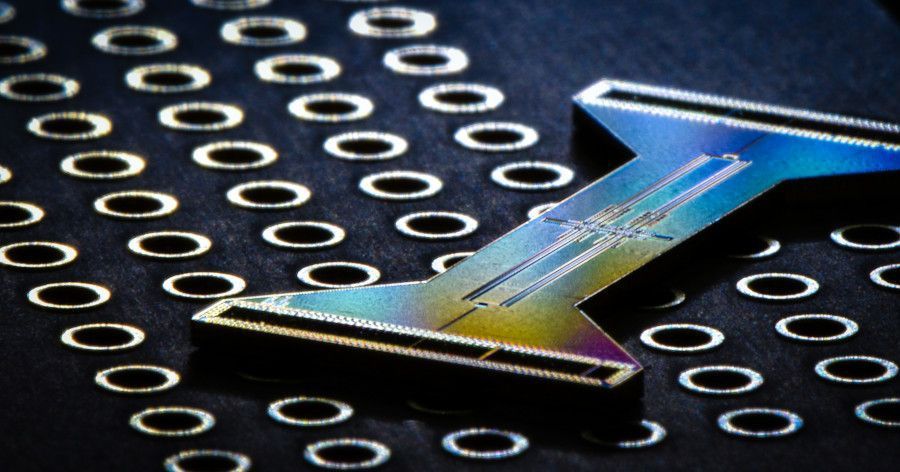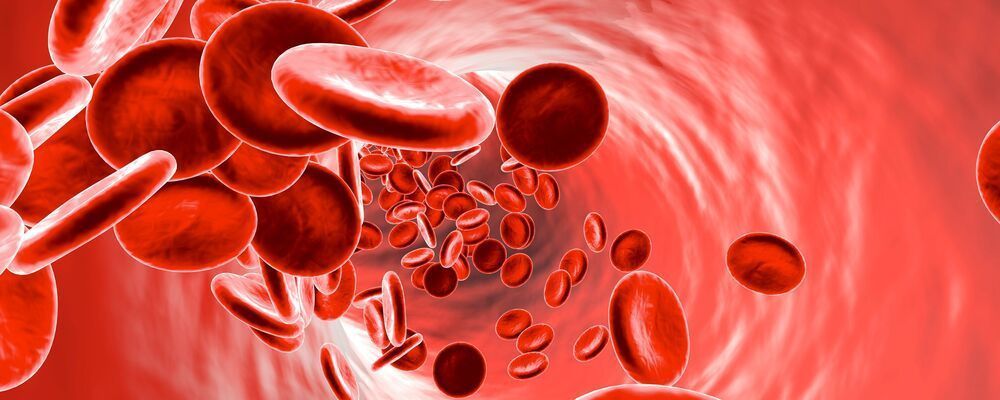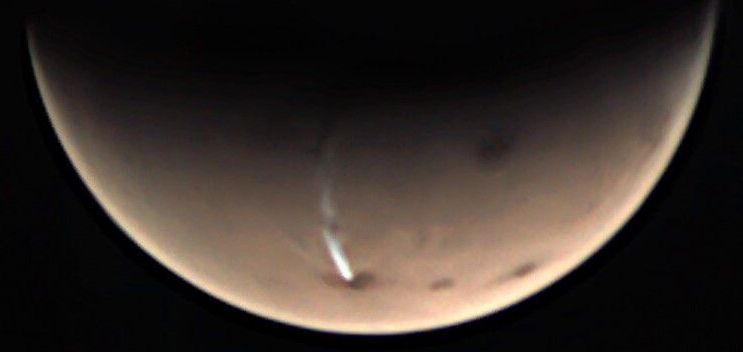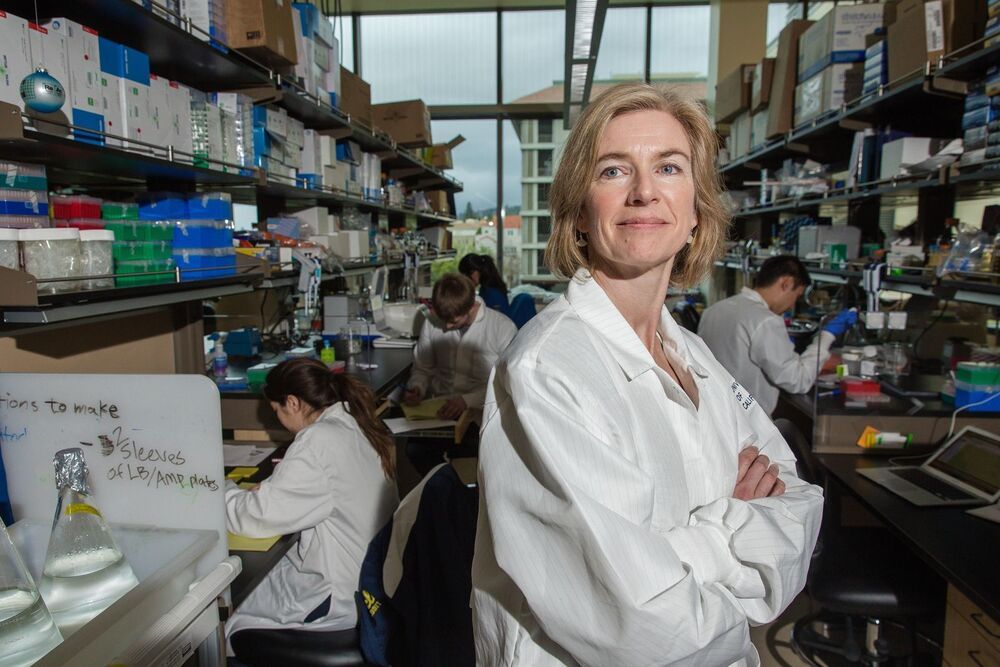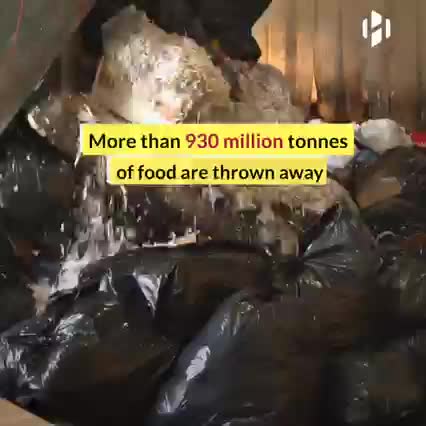Imagine this: In the far, far future, long after you’ve died, you’ll eventually come back to life. So will everyone else who ever had a hand in the history of human civilization. But in this scenario, returning from the dead is the relatively normal part. The journey home will be a hell of a lot weirder than the destination.
Here’s how it will go down: A megastructure called a Dyson Sphere will provide a superintelligent artificial agent (AI) with the enormous amounts of power it needs to collect as much historical and personal data about you, so it can rebuild your exact digital copy. Once it’s finished, you’ll live your whole life (again) in a simulated reality, and when the time comes for you to die (again), you’ll be transported into a simulated afterlife, à la Black Mirror’s “San Junipero,” where you’ll get to hang out with your friends, family, and favorite celebrities forever.
Yes, this is mind-boggling. But someday, it might also be very real.
